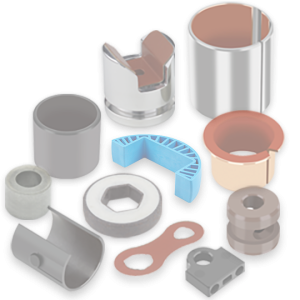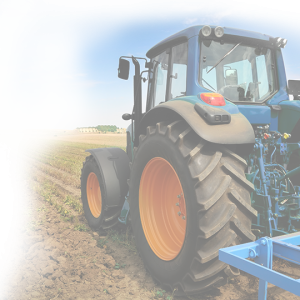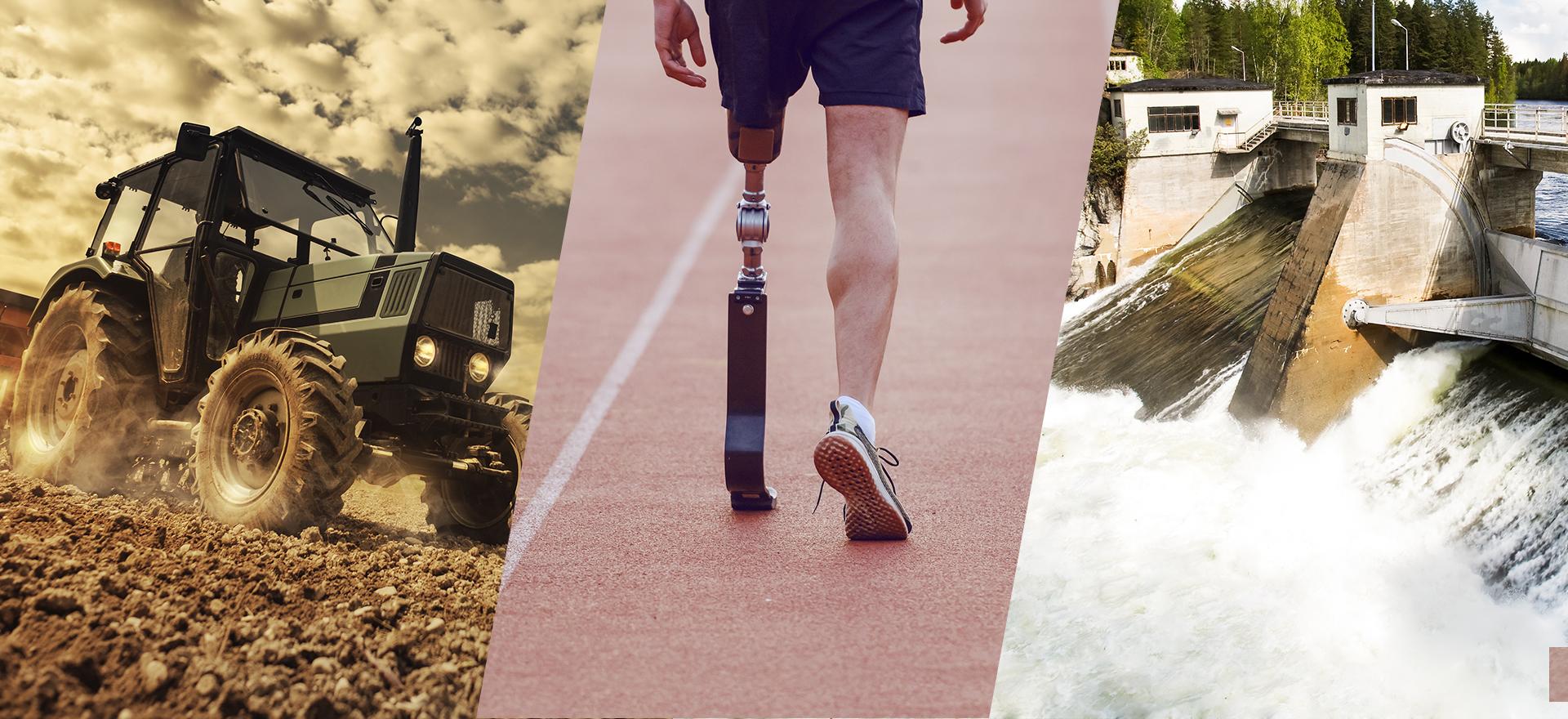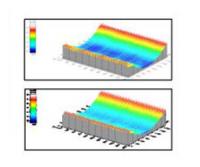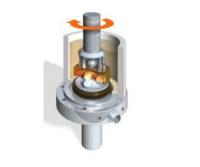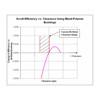Thinking Outside the Circle, Applying Tribology to improve system performance
Bearings are among the most critical components in a mechanical assembly, but are often one of the latest design components selected. However, one important aspect is frequently not considered - tribology. Doing so can improve the efficiency and life-cycle of tribological contacts, thus improving high-level application.
Get the complete paper
Composite Bearing Design with Improved Tribology and Machinability for Aggressive Applications
Composites bearings are used in a wide range of industries for their strength, superior wear and friction characteristics, and their ability to operate without external lubrication. Filament wound composite bearings with the most effective tribological performance have historically been limited in their dimensional tolerance by the processing capabilities inherent to the winding process.
Get the complete paper
Novel Low Friction, Machineable Metal-Polymer Bearing for Lubricated Applications (in Fluid Power Systems)
Metal-polymer bearings have been relatively successful in replacing traditional leaded bronze or bi-metal bearings in many lubricated applications. Until recently however, PTFE based metal-polymer plain bearings were unable to match.
Get the complete paper
The Evolution of Polymer Bearing Processing for Scroll Compressor Performance and Life Enhancement
Polymer bearings with a PTFE-based running surface were first introduced as a breakthrough in scroll compressor performance approximately 30 years ago. These bearings consisted of the polymer surface, porous bronze interlayer and steel supporting layer.
Get the complete paper
The Design Aspects of Metal-Polymer Bushings in Compressor Applications
Traditional compressor bearings, such as rolling element, leaded-bronze or bi-metal bushings, are greatly affected by wear in marginally lubricated conditions at bearing locations in compressor applications. Metal-polymers offer a unique advantage.
Get the complete paper

